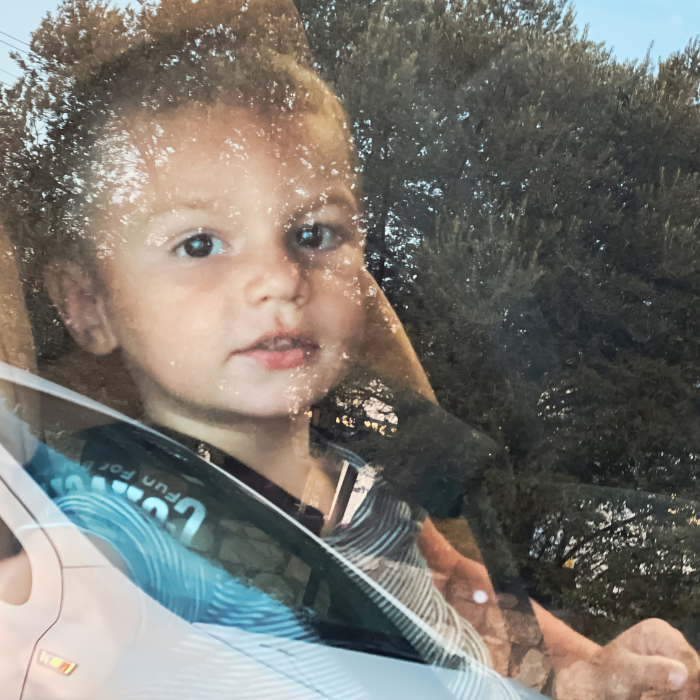
Heidi Walker from flight centre offers some valuable insight into travelling with kids who have additional needs.
Travelling with children can be stressful no matter what age or stage they’re at. Long queues, delayed flights, rigid rules, boring surroundings, and the expectation to behave around a bunch of strangers for many hours is a challenge all children will struggle with. If you have a child who is autistic, has ADHD, or is otherwise neurodivergent, the experience of travelling can be even more fraught.
FIRST, THE GOOD NEWS
According to Flight Centre, the travel sector is looking to be more inclusive and accommodating to neurodivergent people, and is getting better at adapting and catering to those with alternative needs. Flight Centre’s General Manager of Leisure Heidi Walker comments, “While there’s a long way to go, it’s good to see the industry is catching up and able to cater to more families so that everyone can enjoy an overseas holiday. Many hotels, airports and other providers have trained their staff to be aware of disabilities which may not be immediately visible. Being aware of what these programmes do are important to families as they will offer new resources, support, and access to help make the process less stressful for everyone.”
WAYS TO MAKE IT EASIER
A lot of it ultimately comes down to preparation, Heidi says. Here are eight tips to help smooth the journey.
1. Use teaching stories and visual support to show your child what to expect at the airport, what the plane will look like, where you will be staying.
2. Take advantage of extra assistance that’s offered by airlines, such as priority boarding. Call ahead to explain your needs and ask what the airlines or airports have available and how you can easily access it.
3. Ensure your child has appropriate sensory supports, such as ear defenders, fidget toys, scented markers, or weighted vests in order to help them cope with the intensity of new environments.
4. Make sure your child has access to some favourite foods, special toys, and favourite TV shows or movies downloaded and ready to view on a device, in order to increase feelings of stability and predictability.
5. If you have a young person who is particularly sensitive to loud and busy environments, consider travelling off-season. Shorter queues and quieter airplanes can all contribute to more enjoyable travel.
6. Consider self-catering accommodation to give you a more controlled environment.
7. Transitions from A to B can be difficult. Consider the number of transitions in getting to and from your destination, as too many transitions may overwhelm your child.
8. If the thought of travelling internationally overwhelms you, consider travelling within New Zealand. This gives your child the opportunity to go to airports, fly on an airplane, and experience travel, with the benefit of shorter flight times, less transitions, and more predictability.
HIDDEN DISABILITIES SUNFLOWER LANYARD SCHEME
Auckland, Wellington, New Plymouth, Christchurch and Queenstown airports have adopted the Hidden Disabilities Sunflower Lanyard Scheme. If you or someone you are travelling with has a hidden disability, you can choose to wear a Sunflower Lanyard and make your disability visible to airport staff. The Sunflower Scheme offers you a discreet way to indicate to staff that your child has a hidden disability and may need a little extra support, guidance, or time with the airport process. Prior to your travel, you can request a free lanyard from the airport, which you can collect at the airport to keep and use on future trips. If you’re departing from other international airports, or would like to know more, visit the Hidden Disabilities.








